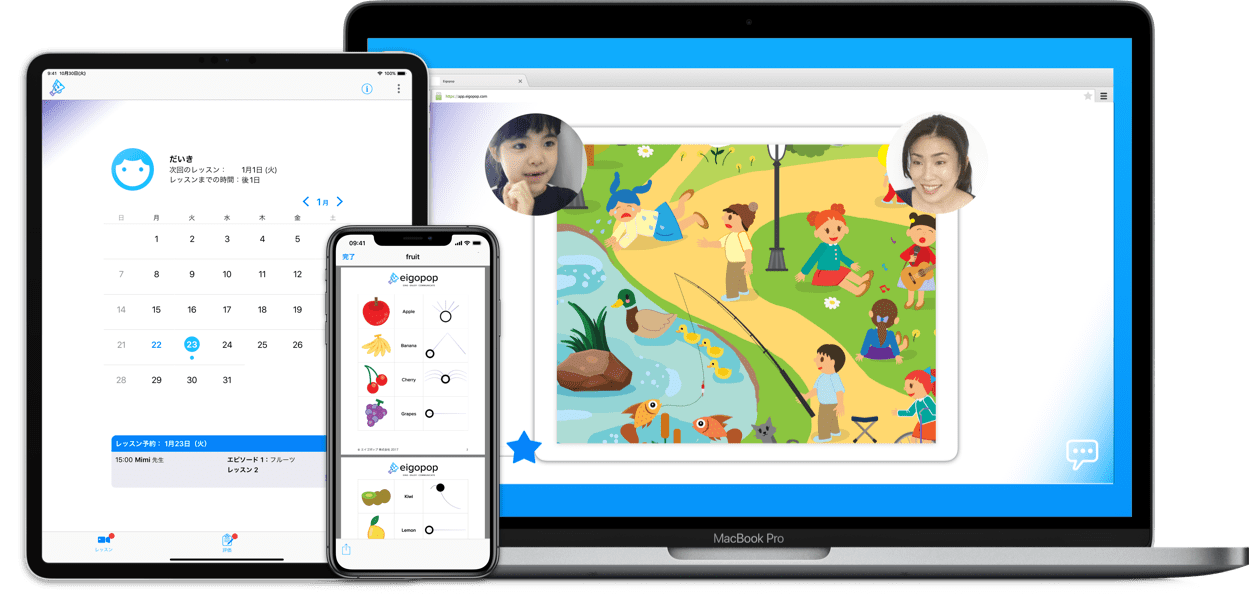Active Listening: A Key Element of Child Language Learning

Active listening is an integral part of language acquisition, and it plays a crucial role in helping children to understand and make sense of the language they are hearing. It involves paying close attention to the sounds and words of a speaker. This helps children to pick up on the sounds, syllables, and grammar structures that make up words, sentences, and general language flow. Through active listening, children are able to better recognize these patterns in the language they are hearing, which is a key step in developing their language skills. Passive listening on the other hand is similar to “shadowing”. Children may nod their heads when listening or may be act distracted. Note that body language is not necessarily an indicator of passive listening. Active listening can easily lead to passive listening when the words are understood but the actual content is not.
Five Ways To Improve Listening Skills
Adults and teacher can help children to improve their listening skills by following these steps:
1. Keep eye contact: encourage the child to look at you while speaking, look at the child when speaking.
2. Do not interrupt: let the speaker finish their thoughts and sentences and try not to cut the speaker short for guess what the student wants to say
3. Ask questions: encourage asking questions to make sure that the content of what was said is actually understood
4. Repeat back what was said: try and paraphrase in your own words what was said. This assures that the content and meaning of the conversation is absorbed.
5. Conversations can have two meanings: the content and the underlying feeling or attitude. Sometimes the actual meaning of what is said my be in how it was said rather than what was said.
Developing active listening skills in our students is a key aspect of our lessons. This is especially crucial in our one-to-one video-based Eigopop lessons, where maintaining student engagement is even more important. In traditional group lessons, students can sometimes blend in with the crowd, and in video lessons, it can be tempting for them to passively watch the screen. We believe that passive consumption of digital content does not lead to effective learning. To achieve the best learning outcomes, it is essential for students to actively engage with the digital lesson content in collaboration with their teacher. To accomplish this, we place a strong focus on designing in-lesson features that allow for joint engagement and interaction between teacher and student.
Pattern Recognition Is Fundamental To Learning

Pattern recognition is a fundamental process in child learning, as it involves identifying and understanding repeating sequences and regularities in the information that children encounter. This process is essential for a range of learning activities, including language, math, and problem-solving. Similar to active listening, pattern recognition helps children to identify the flow and intonation of language. By recognizing these patterns, children are able to learn the rules of the language, and develop their ability to speak and understand speech.
Moreover, sound pattern recognition plays an important role in a child’s ability to acquire the rules of pronunciation, stress, and rhythm that are specific to the language. This is critical for producing clear, understandable speech and helps children to pick up new words and recognize when words are being used incorrectly.
In language learning this type of pattern recognition is also called phonological awareness (PA). Phonological (sound) awareness is the ability to understand the underlying units of sounds in language. This includes the ability to identify and manipulate a word’s units of sound, such as syllables, alliteration, and the short individual sounds that make up a word (phonemes).
Japanese open-ended syllables can be seen as the equivalent of phonemes in English. The English language has 44 different phonemes (20 vowels and 24 consonant sounds) and together these form the syllables in the English language with about 50% of syllables ending in consonants or “closed syllables”. Being able to understand and copy English syllables down to the phone level therefore needs the ability to hear them first. Teaching phonemic awareness to young learners who’s first language is based on non-roman or alphabetic scripts becomes even more important when considering that phonemic awareness forms the basis of later reading, writing, and grammar skills. As such, phonological awareness is an important part of spoken language, and is an integral skill in early-literacy that is usually developed in the pre-school years. Phonological awareness is a strong predictor of future reading ability and children with good phonological awareness are more likely to become successful readers.
Conclusion
Active listening and pattern recognition are closely related and work hand in hand in child language learning, playing a crucial role in helping children to understand and make sense of the language they are hearing. In combination these skills are at the basis of being able to decipher language, and use language naturally.






